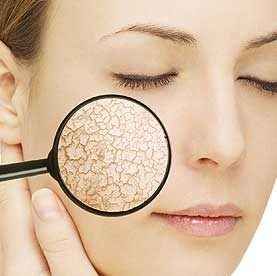What to expect when you need a skin biopsy
 Edward-Elmhurst Health shared in their Healthy Driven Blog that a skin biopsy is a procedure your doctor may recommend to help diagnose or treat skin cancer, an infection, or other skin conditions.
Edward-Elmhurst Health shared in their Healthy Driven Blog that a skin biopsy is a procedure your doctor may recommend to help diagnose or treat skin cancer, an infection, or other skin conditions.
Skin biopsies involve taking a sample of skin from the affected area and testing it. There are different types of skin biopsies that doctors use:
- Shave biopsy. This is when the doctor shaves a small portion of the top layers — the epidermis and dermis — of skin to collect a sample. Any bleeding from this procedure can be stopped by applying pressure. Stitches are not needed in this type of procedure.
- Punch biopsy. This involves using a circular tool to collect a sample that includes a deeper layer of skin — the epidermis, dermis and superficial fat. For smaller samples, stitches are not necessary, but a larger sample may require one or two stitches.
- Excisional biopsy. In this type of biopsy, the doctor uses a small scalpel to remove an abnormal lump or area of skin. This can include from the top layer of skin down to the fatty layers of skin. Stitches are used to close the wound.
Skin biopsies are often used in cases of skin cancer, skin infection, skin tags, suspicious moles or growths, blistering skin disorders, warts, dermatitis or other inflammatory skin disorders.
Because a biopsy can cause some bleeding, be sure to tell your doctor if you are taking any blood thinners, have ever had excessive bleeding after a medical procedure or have been diagnosed with a bleeding disorder. You should also let your doctor know about any previous skin infections, any medications you are taking or if you are allergic to any medicines.
Before your biopsy, the area where the sample will be taken will be marked and cleaned. You will be given a local anesthetic to numb the area so you don’t feel any discomfort when the biopsy is being performed.
Your physician will provide you with at-home care instructions for the biopsy site. At-home instructions likely will include directions such as changing the bandage, keeping the biopsy site clean, avoiding bumping the biopsy site or activities that could stretch the skin. If your biopsy required stitches, you may need a follow-up visit to have the stitches removed.
Your biopsy wound can take a few weeks to heal, but it should be completely healed within two months. You also may develop a small scar where the biopsy is taken.
You should contact your doctor if you experience excessive bleeding or drainage through the bandage, increased tenderness, reddening of the biopsy site or a fever.
Our experienced dermatologists help you care for your skin and provide personalized treatments to meet your specific needs. Learn more.

Leave a Reply
Want to join the discussion?Feel free to contribute!